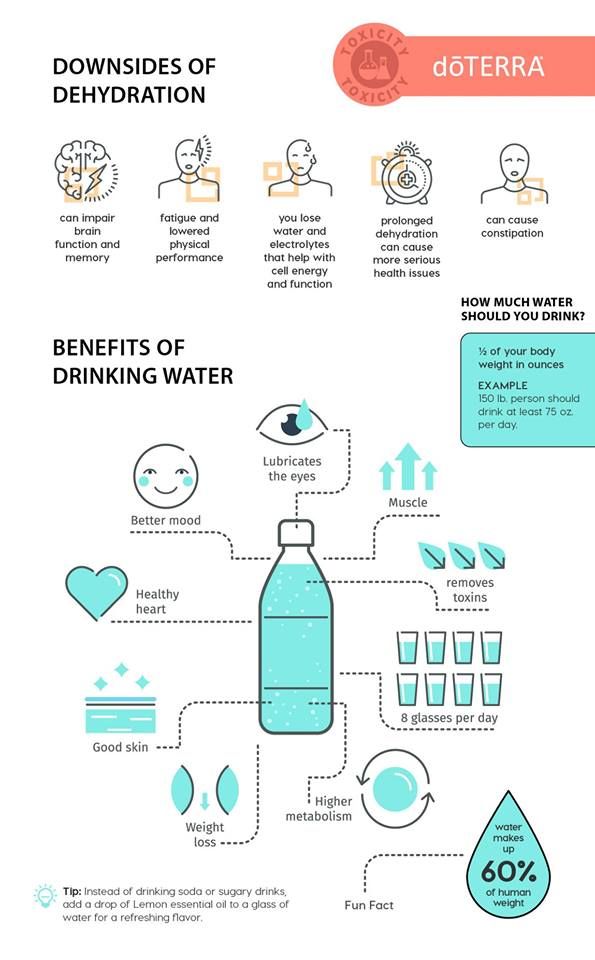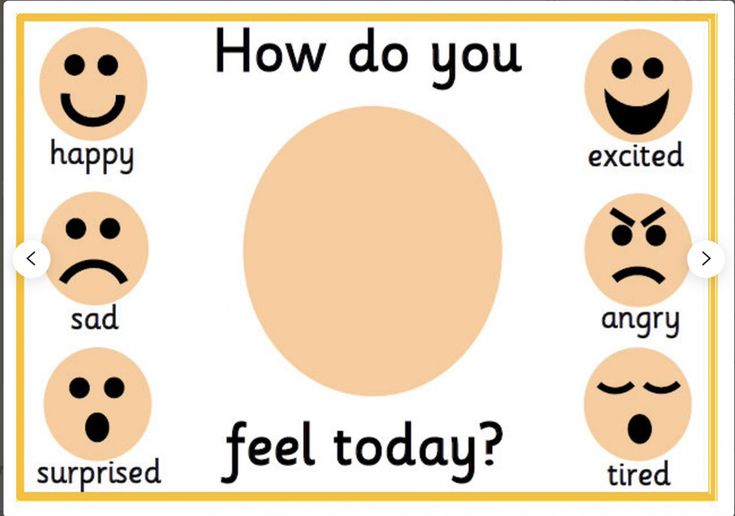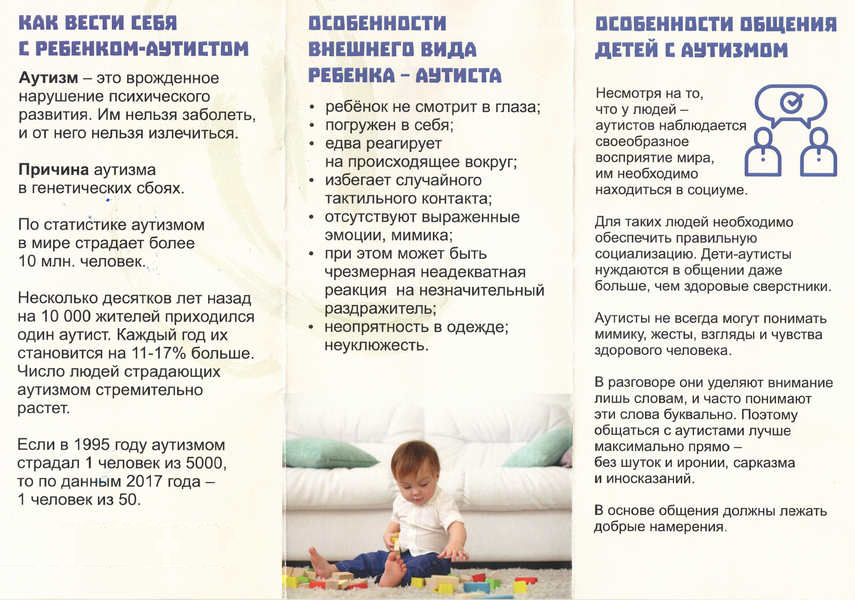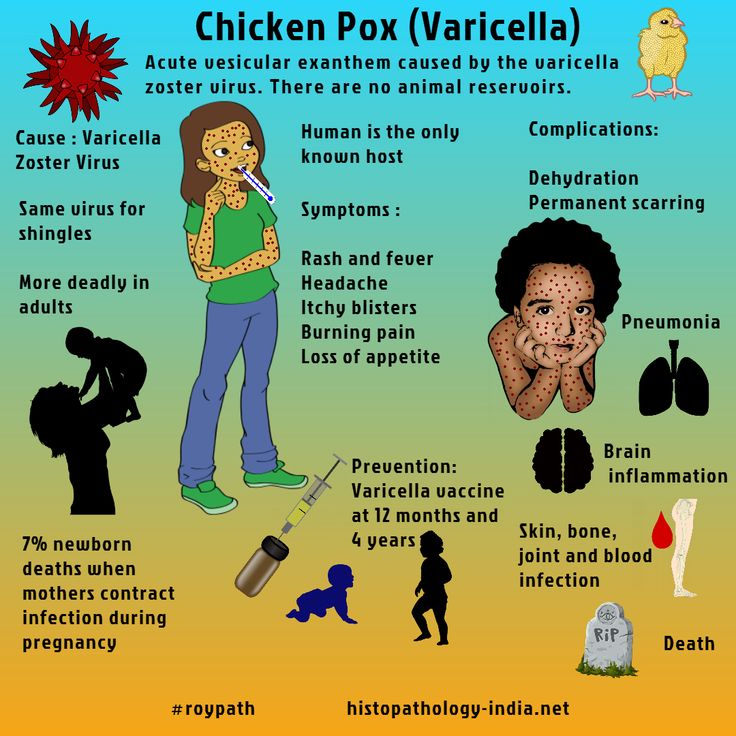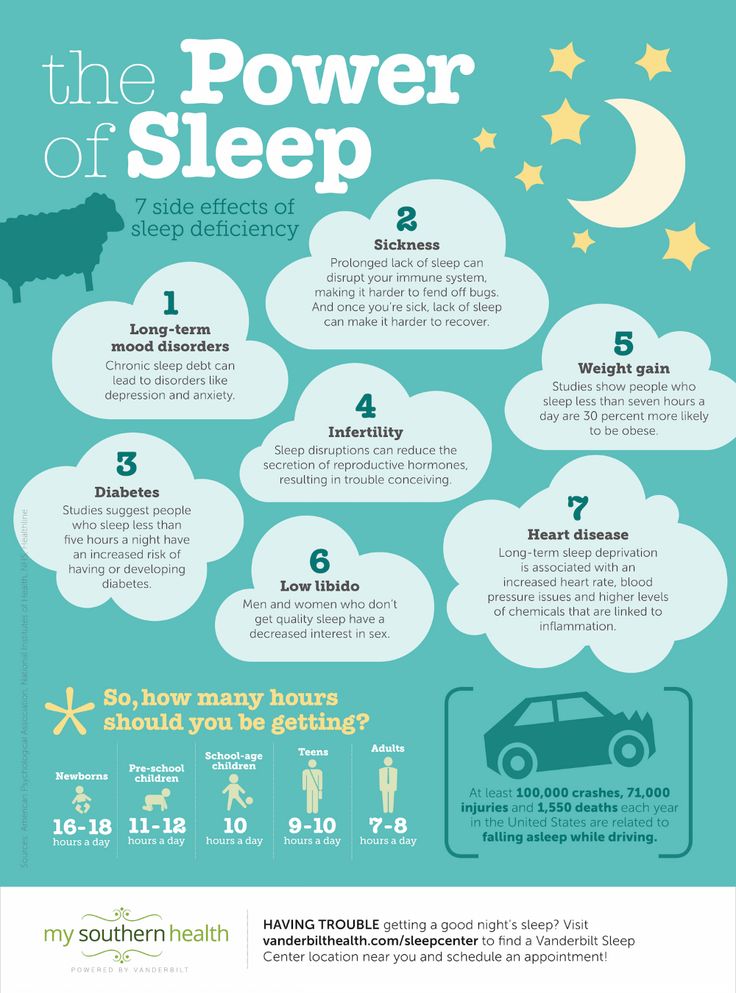Keeping infant cool in summer
Keeping Your Baby Safe and Cool in Summer – Children's Health
Share:
Summertime brings warm weather and lots of sunshine. But parents of infants, in particular, should keep a few essential heat and sun safety tips in mind while enjoying the season.
"Outside time is so important for babies' growth and development. So we want to make sure we are giving babies the opportunity to go outside, but of course, keeping them safe while doing so," says Sushmita Yallapragada, M.D., Neonatologist and Associate Medical Director of the Level IV NICU at Children's Health℠ and Assistant Professor at UT Southwestern.
Dr. Yallapragada, also a mother of two young children, answers common questions about how to keep newborns and infants safe during the hot summer months.
What outside temperature is too hot for a baby?
The American Academy of Pediatrics (AAP) suggests parents avoid taking babies outside for long periods of time if the heat index is greater than 90 degrees Fahrenheit. Prolonged outdoor exposure on extremely hot days can cause babies to overheat quickly.
"Babies are not as effective at cooling their bodies as adults because they do not sweat normally," explains Dr. Yallapragada. "In addition, babies are not able to tell you if they are overheating and not feeling well. Take breaks every 15-30 minutes or sooner based on your child's response to the heat."
Before making outdoor plans with your baby during summer, check the local heat index. When you do enjoy outside time, you can take simple precautions to keep your baby safe.
How can I keep my baby cool in summer?
If the heat index is above 75- or 80-degrees Fahrenheit, take these five steps to keep your baby cool while spending time outside.
1. Seek shade.
Park your baby's stroller or blanket under a tree or in another shady spot to avoid direct sun exposure.
2. Dress baby coolly.
During hot days, dress your baby in a single layer of lightly colored, moisture-absorbent but breathable material, such as a lightweight cotton onesie or romper.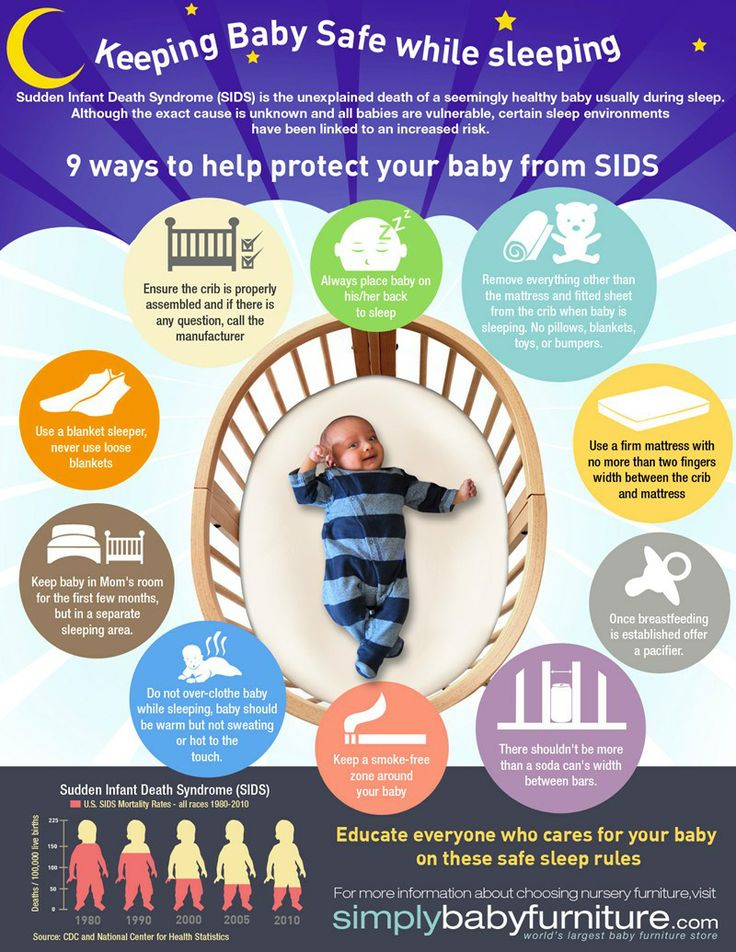 Opt for fabrics like cotton and linen and avoid synthetic fabrics like polyester and nylon.
Opt for fabrics like cotton and linen and avoid synthetic fabrics like polyester and nylon.
"Infants should be dressed appropriately for the environment, with no more than one additional layer than an adult would wear comfortably at that temperature – for daytime or sleeping," Dr. Yallapragada says.
3. Drink liquids.
Offer breastmilk or formula to keep infants hydrated. It's generally recommended to wait until babies are at least 6 months of age to offer water. Older babies and toddlers should drink water while playing outdoors to help stay cool and hydrated.
4. Schedule extra rest time.
Time in the heat can cause infants to feel extra tired. "Planning time for babies to rest or nap following outside playtime can be helpful," says Dr. Yallapragada.
5. Avoid the hottest parts of the day.
Plan to take your baby out in the early morning or late evening hours so you can spend the hottest parts of the day inside.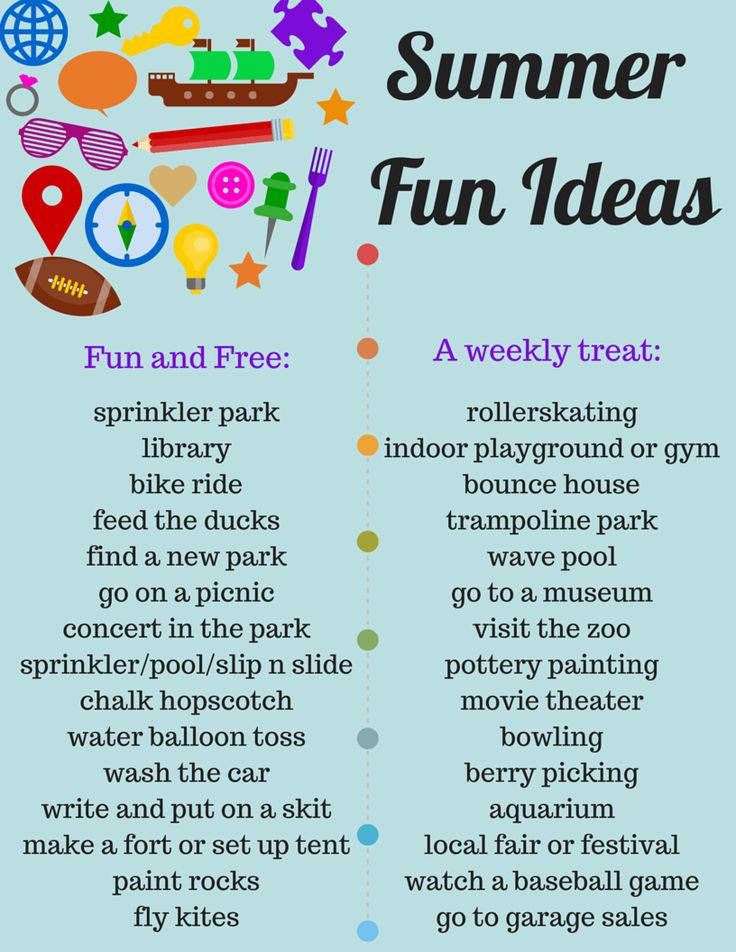 When outside, consider using a portable stroller fan to help baby stay cool.
When outside, consider using a portable stroller fan to help baby stay cool.
How can I protect my baby's skin from the sun?
It's important to be mindful about how much sun exposure your baby is getting – especially since infant skin can sunburn easily.
Summer skin care for babies under 6 months
Sunscreen should not be applied to babies under 6 months of age. "Sunscreens can cause skin irritation in a young baby's developing skin," Dr. Yallapragada explains.
Instead, take steps to keep newborns and young infants out of direct sunlight:
- Seek trees or other sources of shade.
- Dress babies in a wide-brimmed sun hat and sunglasses to block the sun from their face and eyes.
- Use a stroller shade or umbrella to block the sun from babies' arms and legs.
- Apply a car window shade to block direct sunlight from reaching your baby during car rides.
Summer skin care for babies 6 months and older
Babies 6-12 months of age should use a hypoallergenic and fragrance-free sunscreen since these varieties are less likely to sting babies' eyes or potentially irritate their skin.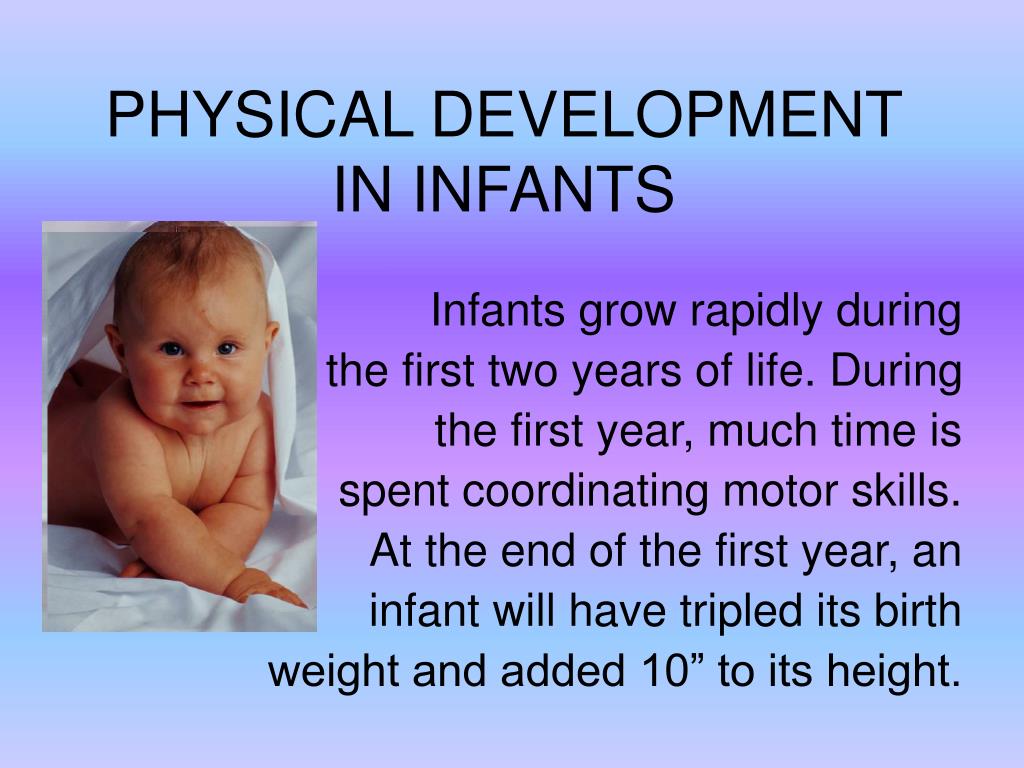
Look for broad-spectrum sunscreens that offer both UVA and UVB protection with a minimum SPF of 30. Apply sunscreen at least 30 minutes before going outside, and reapply every two hours – or sooner, if your baby has been swimming or sweating.
What should I do if my baby gets a heat rash?
Heat rash, a skin irritation that looks like red pimples or blisters, can occur if babies' skin gets overly sweaty. You may notice a heat rash breakout on your baby's neck, chest, groin, armpits or elbow creases. "It can happen at any age, but it's quite common in young babies and children," says Dr. Yallapragada.
If your baby gets heat rash, bring them inside to cooler, air-conditioned air. Give them a bath or use a washcloth to wipe away the sweat. Replace their sweaty clothes with a cool, dry outfit. There is no need to apply any powders or skin ointments to heat rash; it should clear up on its own once the baby's skin cools down.
What's the ideal temperature for a baby's room in summer?
According to the AAP, the ideal temperature for a baby's room is between 68 and 72 degrees. Keeping a baby's room cool is especially important when they sleep, as overheating can put an infant at risk for SIDS.
Keeping a baby's room cool is especially important when they sleep, as overheating can put an infant at risk for SIDS.
If you set your thermostat higher during the summer months or your air conditioning has a tough time cooling your home, keep window blinds or curtains shut to block direct sunlight. You can also use fans to circulate air.
If you lose access to air conditioning at home – either through a power outage or mechanical issue – consider spending the day at a library, shopping mall or community "cooling center" where COVID-19 safety protocols are in place and indoor temperatures remain comfortable.
How can I tell if my baby is too hot?
You can tell that your baby is getting too hot by watching for the following signs:
- Extreme fatigue or drowsiness
- Disinterest in feeding/drinking
- Flushed face
- Sweatiness (may be more apparent in older children)
If your baby shows signs of overheating, take them indoors into a cool space. Apply cool washcloths or offer a cool bath. Replace sweaty clothes with a clean, cool outfit. Offer milk or formula to help them rehydrate.
Apply cool washcloths or offer a cool bath. Replace sweaty clothes with a clean, cool outfit. Offer milk or formula to help them rehydrate.
If your baby still seems overly hot after these steps, call your pediatrician – particularly if you notice it's been several hours since your baby had a wet diaper and/or your baby is vomiting, having muscle spasms or breathing quickly. These could be signs of dehydration or heat illness, and you may need to get your baby in to see a doctor right away.
What other steps should I take to keep my baby safe this summer?
As temperatures rise, it's important to never leave a baby alone in a hot car, even for a moment. Temperatures inside a closed car can rise to dangerous levels quickly, so always take steps to ensure you don't leave a child alone in the back seat. See five tips to prevent hot car tragedies.
Similarly, maintain careful adult supervision whenever your babies and older kids are around a pool this summer. Follow these essential pool safety tips to avoid the risk of injury or drowning.
Follow these essential pool safety tips to avoid the risk of injury or drowning.
More summer safety tips
Children's Health is here to help keep your family healthy and safe this summer. See more summer safety tips.
Children’s Health Family Newsletter
Get health tips and parenting advice from Children’s Health experts sent straight to your inbox twice a month. Sign up now.
heat stroke, hydration, infant, rash, safety, skin, summer, sun safety, toddler, water safety
Keep Baby Cool During Summer Fun
Baby it’s hot out there! Summer is almost here and so is our desire to get outside and enjoy it. But when the temperature rises, can baby handle the heat? The short answer is: She can if you can – as long as you keep a few things in mind. Let’s go over some summer fun tips to keeping baby cool when the sun is high in the sky.
Sun’s Out, In Shade
Keep baby out of direct sunlight as much as possible. If you do take them under the sun, cover up their skin to avoid over exposure. Dress them in light-colored, breathable clothing.
If you do take them under the sun, cover up their skin to avoid over exposure. Dress them in light-colored, breathable clothing.
If the pool, lake or ocean is on the agenda, for babies, it might be a good idea to search for a rash guard that will add an extra layer of protection. Speaking of added protection, throwing on a brimmed hat and sunglasses can go a long way in not only keeping baby cool but also protecting them from the sun while they’re out.
According to the American Academy of Pediatrics, the best sun protection for newborns and babies younger than six months is to stay in the shade. The AAP recommends keeping newborns and babies younger than 6 months out of of direct sunlight. For babies older than 6 months, typical sunscreen can be applied. Don’t forget baby’s ears and any exposed skin like fingers and toes. Depending on the activities, you’ll want to reapply based on the individual brand’s labeling recommendations. And don’t forget that it takes 30 minutes for applied sunscreen to be effective.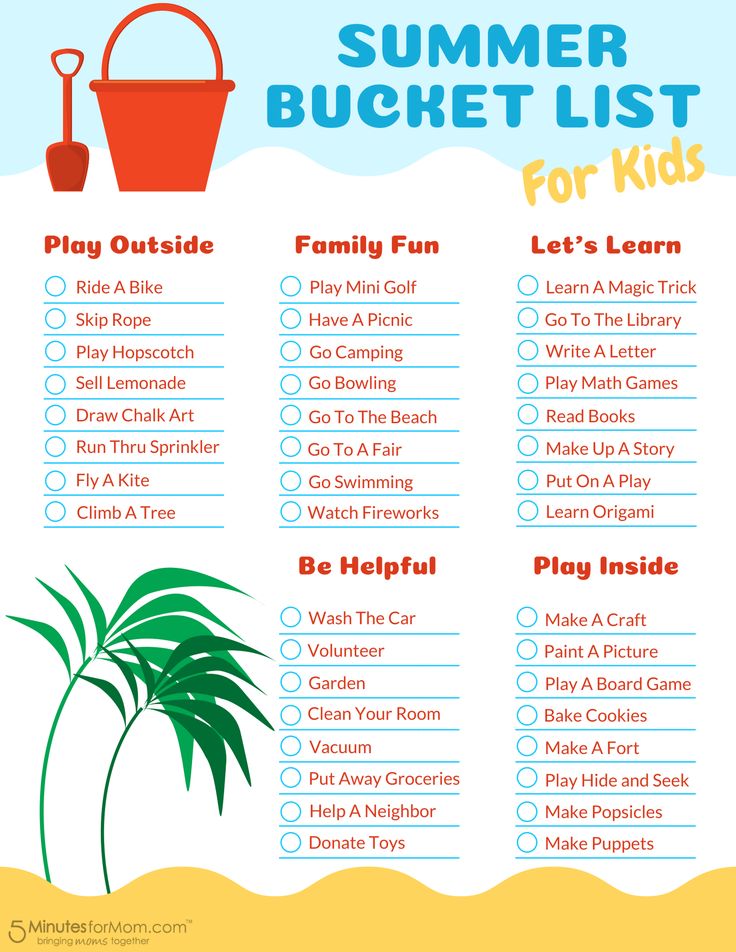
Tricks to Outdoor Cool-Downs
While the hottest part of the day is around 3 PM, the sun is typically the strongest between 10 AM and 3 PM. In a perfect world, we’d all be able to avoid being outside during that time frame, but this is the real world and getting outside with little ones during the summer months is so important for everyone’s health (and sanity!). So, what can you do?
Get in the Water
It’s a common myth that newborn babies shouldn’t get in the pool. They may actually really love it, as long as the pool’s water temperature is heated to 86 – 90 degrees Fahrenheit (30 – 32 degrees Celsius). For babies older than 6 months, standard pool temperature is fine. Moms, though, may want to wait until around 6 weeks after birth before getting in a public pool to avoid infection. When at the pool, take advantage of frequent breaks in the shade and bring plenty of towels to wrap baby up when they’re out of the water. Limit water time to 10-minute increments so baby doesn’t get too cold, then build up from there.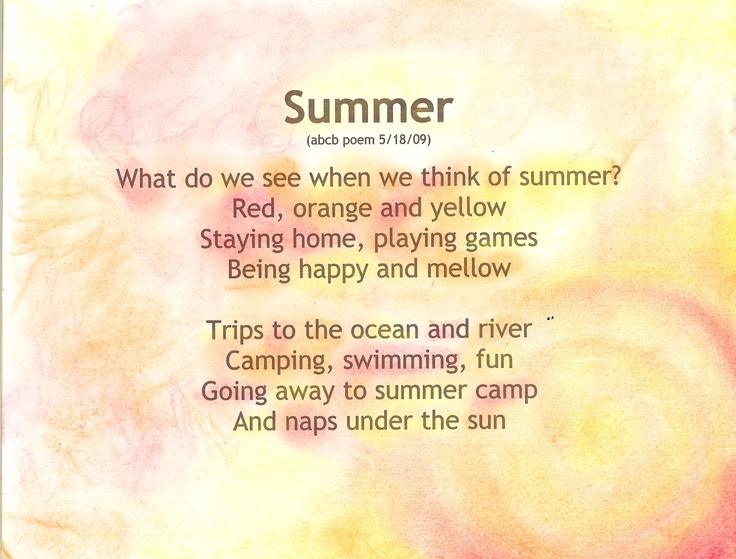 Give them a break after 30 minutes, max.
Give them a break after 30 minutes, max.
Keep it Breathable
Sitting in a stroller can get hot, fast. The key to keeping baby cool is keeping their environment breathable. When shopping for a stroller, look for an adequate canopy that covers baby and a removable back panel for better ventilation. If your current stroller doesn’t feature a removable back panel, then a cooling stroller liner might just do the trick. There are also stroller canopy extenders for those that don’t offer enough shade.
Something a lot of veteran parents swear by is a clip-on foam fan that attaches to the stroller tray, trained on baby. Stock a cooler with cold water bottles, along with a rag. Pour the cold water onto the rag – just enough to get it cool and damp – and wet their face, arms, and legs, then place the rag on the back of their neck. The air from the fan coupled with the cool water will create mobile air conditioning system in your baby’s stroller. Do not leave the baby unattended with the rag as it can be a choking hazard.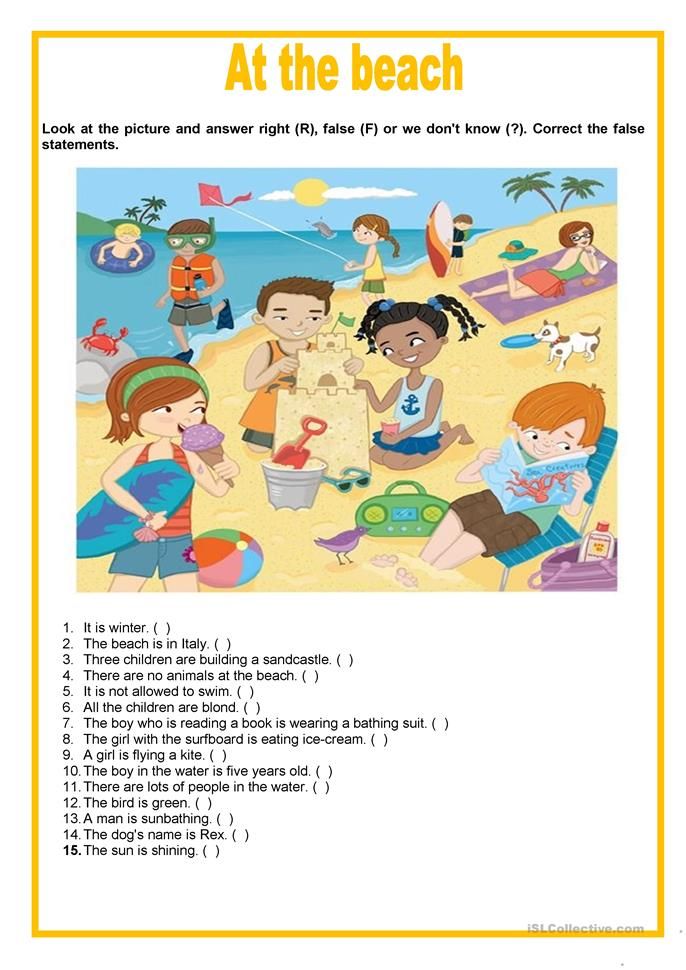
Be Prepared with a Hydration Station
Just like you need extra fluids in the heat, so does baby. Babies under 6 months can’t drink plain water, so instead, they need to feed more often. Whether breastfeeding or formula feeding, prepare for a significant food increase by packing more with you and paying close attention to baby’s cues.
For babies older than 6 months, modest water intake is okay. Babies starting solids can have even tastier hydrating treats like frozen fruits. Pop a couple frozen berries into the Dr. Brown’s Silicone Feeder, which features a 100% soft silicone pouch with dozens of tiny holes that let just enough food through for baby to safely self-feed, without the mess of a mesh feeder.
Signs of Overheating
Babies can overheat pretty quickly, so it’s important to know the signs before it gets to a dangerous point. Here are some early warning signs that baby is warming up:
- The back of their neck is hot or overly warm to the touch
- They don’t have as many wet diapers in a certain timeframe
- They have flushed, red cheeks
- Baby is fussy or restless, not from hunger or wet diapers
- Atypical lethargy or tiredness
If you notice any of these signs, get baby cooled down and hydrated as quickly and safely as possible and contact your pediatrician or seek medical advise immediately.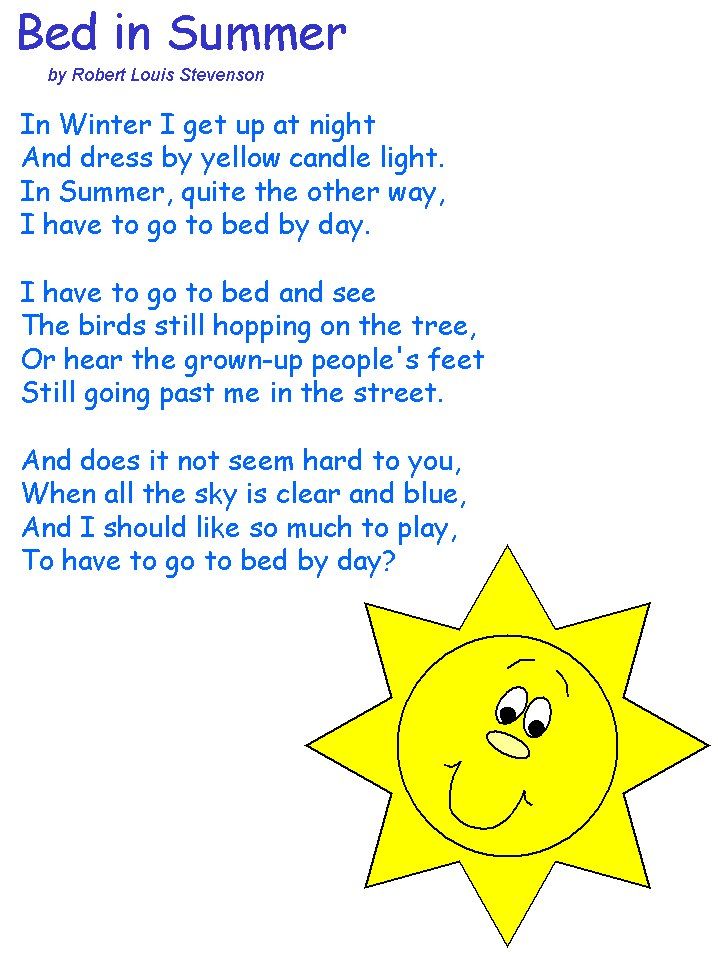 These signs can indicate dehydration or early indicators of more serious heat-related issues.
These signs can indicate dehydration or early indicators of more serious heat-related issues.
The truth is, during summer, sometimes you just can’t beat the heat when you’re outside. With baby on board, you’ll want to take extra precautions when spending time under the sun – but that doesn’t mean you can’t enjoy the warm weather while it’s here. So, get out and have some safe fun!
How to help a child in the summer heat?
Peculiarities of thermoregulation in children:
- The younger the child, the less perfect his thermoregulation. Overheating is more dangerous for a baby than hypothermia
- children are usually very mobile, active, therefore their heat production is relatively higher
- The ratio of body surface area to weight in children is less efficient for heat transfer than in adults
- The younger the child, the more he is dependent on his parents, and, therefore, all the measures taken will depend entirely on the adequate attitude of the parents.
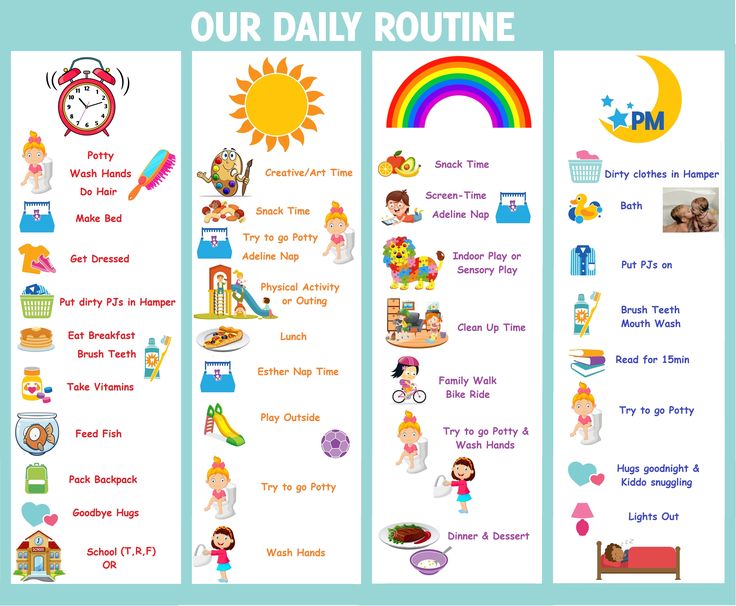
Why heat is dangerous:
- when the ambient temperature rises, heat transfer becomes more difficult and a person can overheat
- profuse sweating during heat (it has the purpose of increasing heat transfer) can cause large losses of fluid through the skin, as well as salts important for life - electrolytes
- in violation of heat transfer, centralization of blood circulation occurs, blood thickening due to loss of fluid with sweat: as a result, circulatory disorders are possible, a tendency to thrombosis
- some metabolic products are also excreted through the skin with sweat, while moist skin will be more easily infected, various rashes are possible, including pustules
How to prevent your child from overheating in the heat:
1. Reasonable cooling.
- do not overheat the child with clothing. The right clothes for the heat are cotton or linen, loose, light colors.
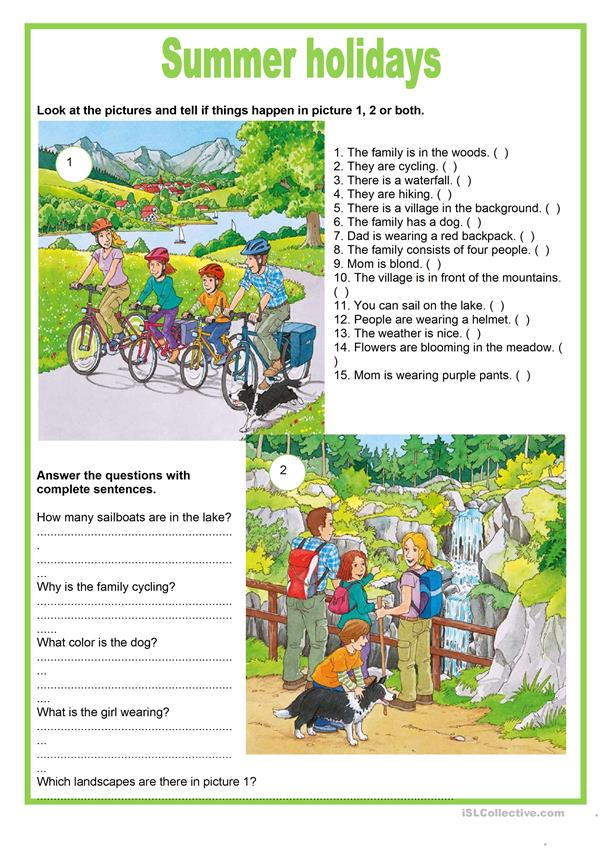 Cotton and linen let water and air through. Loose clothing will not allow scuffs, diaper rash to form, especially with excessive sweating, this is important. Light-colored clothing reduces the absorption of heat rays.
Cotton and linen let water and air through. Loose clothing will not allow scuffs, diaper rash to form, especially with excessive sweating, this is important. Light-colored clothing reduces the absorption of heat rays. - Protect from direct sunlight with a light cap or panama hat.
- carry out water procedures. Bathe your child several times a day in a bath or shower with room temperature water. Do not use ice water - this will cause discomfort and is more dangerous for hypothermia. Water 23-24*C is optimal for moderate skin cooling and skin cleansing during profuse sweating.
- air cooling. If the house has air conditioning, do not lower the temperature below 22-24 * C, while the risk of catching a cold is less. You can use a fan and even a draft to alleviate the heat in the room.
- walks with a child should not be canceled because the sun and the air are good for him, but the time of walks should be in the morning before 11 o'clock or in the evening after 16 o'clock, when the heat is less and the sun is not so aggressive.
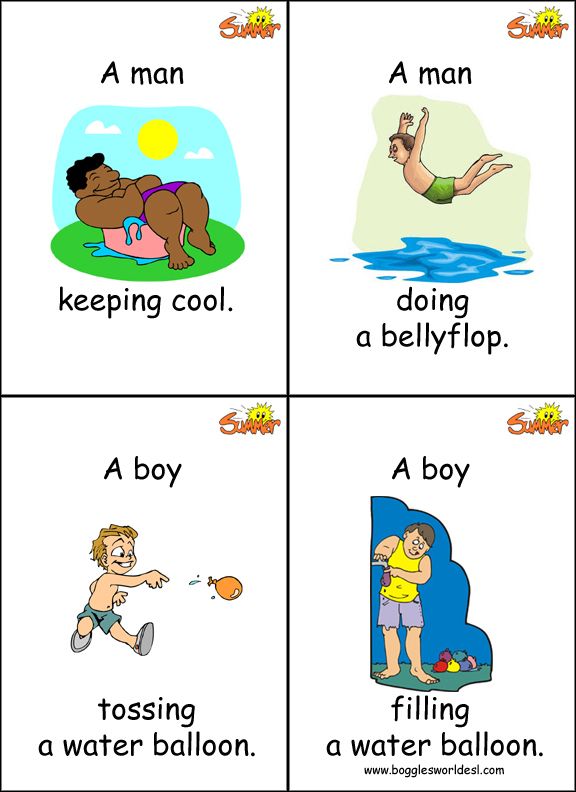
- walks with a child in the "lacy" shade of trees are better and more useful than near the hot walls of houses.
2. Reasonable nutrition and reasonable replenishment of fluid losses
- the child needs to drink additional water. The child's need for fluids (including liquid food) is 130-150 ml/kg of weight under the age of 1 year, and 100-120 ml/kg after the year. It is necessary to add approximately the volume of fluid lost
- babies should not be constantly fed to quench their thirst. The volume of feedings should remain the same, but supplemented with water from a bottle or spoon
- for drinking children of any age, as well as for adults, in the heat, mineral water is better suited, in which there are electrolytes, but no sugar. Do not use sugary liquids, sugary juices and sodas. Juice is best diluted 1:1 with water
- in the heat it is good to use low-fat dairy products
- it is necessary to move the main meal to the evening when the heat subsides.
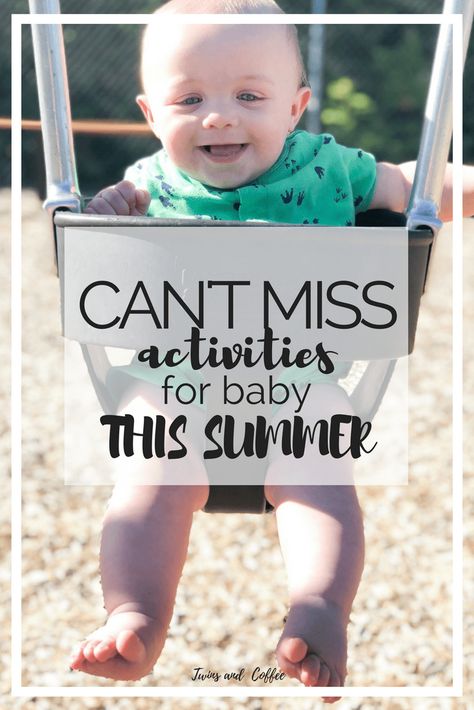 Adults can generally refuse meat, heavy food. And it is necessary to feed the child with meat and maintain the usual feeding ration. Only meat can be given at dinner, not at lunch. Both children and adults should avoid fatty foods, simple carbohydrates such as flour products and sweets in the heat
Adults can generally refuse meat, heavy food. And it is necessary to feed the child with meat and maintain the usual feeding ration. Only meat can be given at dinner, not at lunch. Both children and adults should avoid fatty foods, simple carbohydrates such as flour products and sweets in the heat - It is advisable to add more juicy fruits and vegetables to the diet of both adults and children
- children under one year are not recommended to introduce new complementary foods during the heat period.
3. About medicines
- Some medicines make you more sensitive to heat. These include antihistamines, antiarrhythmics, antispasmodics
- for those who are constantly forced to take any medication, it is better to seek advice from your doctor
4. Sun protection
- Use sunscreen with a high sun protection factor (SPF > 30) to protect your skin from the sun's rays
- it must be remembered that sun protection products reduce the risk of sunburn, but do not reduce the risk of heat or sunstroke, so exposure to the sun of a child should be limited to a minimum or completely eliminated
Signs of heat stroke in a child
- fever, increased heart rate, respiration, agitation or even impaired consciousness, convulsions, dry hot skin, the child stops sweating
- symptoms may not be so violent immediately.
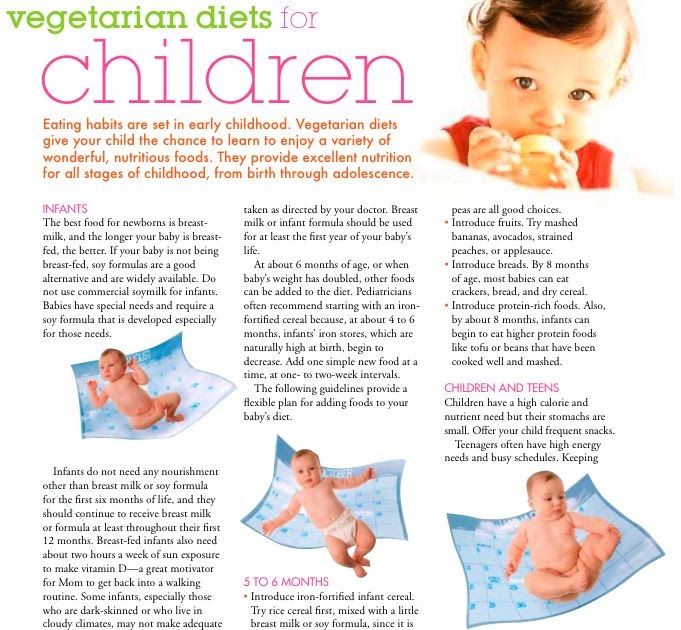 Often signs of overheating and trouble can be lack of appetite after a long walk in the sun, lethargy, early bedtime, moodiness, drowsiness, nausea, vomiting
Often signs of overheating and trouble can be lack of appetite after a long walk in the sun, lethargy, early bedtime, moodiness, drowsiness, nausea, vomiting - all cases of unexplained deterioration of the child's condition must be urgently consulted by a doctor
Children's health in the summer - how to save in the heat and smog
Children's health in the summer - how to save in the heat and smogDoctor online
Health area ca
MainLibraryHelping MomHeat and Smog: How to Protect Children
8 simple practical tips from our pediatrician Yulia Viktorovna Andronnikova on how to protect newborns and older children from heat and smog:
- Limit your child's exposure to the sun as much as possible .
For infants and young children, walks are possible until 11.00 and after 17.00. Do not let your child be in direct sunlight.
- Make sure your child wears a hat, preferably with a visor to protect the eyes.
- Clothing should be light, made of natural fabrics (cotton, linen), such clothing is well ventilated and absorbs moisture (sweat), preventing the child from overheating or overcooling (if the child gets caught in a draft). Synthetic clothing can contribute to overheating. Make sure that the diaper is clean, and even better, let it be without a diaper in the heat, in cotton panties. Remove blankets from the stroller. Lay a cotton diaper on the bottom. If it seems to you that the child needs to be covered from a draft, then use a thin terry towel or sheet, due to the layer of air, the child will not overheat or overcool.
- Do not leave your child in a covered stroller for a long time, try to take him out of the stroller more often if you are in the shade. When placing your child in the playpen, be sure to place a cotton blanket on the floor, especially on hot days: do not assume that the plastic floor of the playpen will be cooler for the child than natural fabric, which can absorb sweat and cool the child's skin.
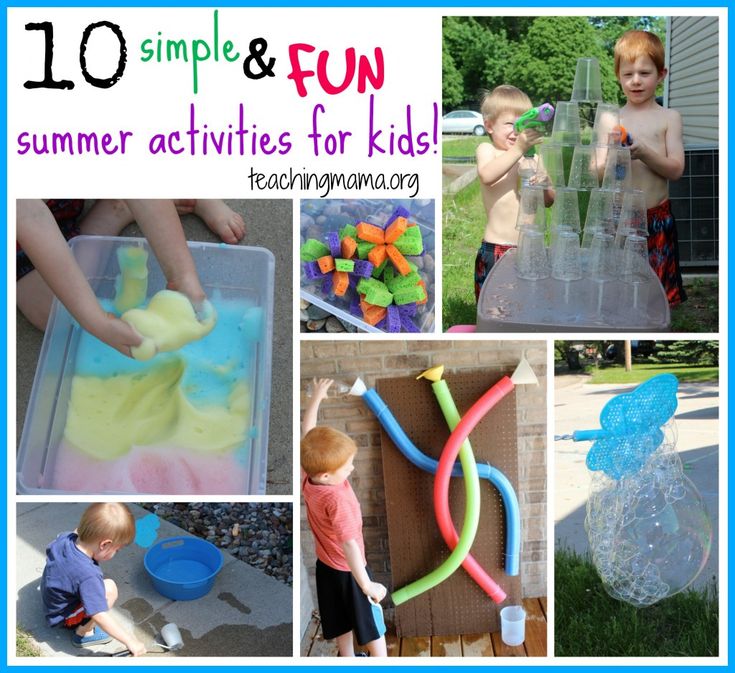
- The most important thing in the heat is to observe the drinking regime. Babies need to be applied to the chest more often (at the same time, do not forget that mom should also drink a lot). When walking with young children, take a bottle of water or unsweetened compote or fruit drink with you for a walk. Give children more juicy fruits and vegetables.
- Temporarily exclude fried, fatty, perishable foods from the diet of children. Carefully follow the rules of storage and hygiene requirements for products. A child in the heat may have a decrease in appetite, do not force him to eat. And do not force the introduction of a new complementary food.
- A warm bath in the morning and evening will cool the baby well. Flush your baby with water frequently when changing a diaper. Do not use milk or lotion in hot weather, as this will make the baby's skin even hotter. If necessary, you can use a powder that does not contain flavors.
- Remember that in the heat, the child can also feel tired and depressed, just like you.
Let the child just lie down relaxed, without expecting any active actions from him.
- If smog still appears, walks should be canceled completely, and if you still need to go outside, cover the stroller with moistened gauze.
- In case of severe air pollution, it is possible for a child to use sorbents that help remove toxins from the body.
Read also
Special Offers
Gift from the CTA when signing a contract with a midwife!Special prices for obstetric supportGift to the contract for the management of pregnancyNovember bonuses from the CTAiiiiiiiiiiii......another gift from the CTA!20% discount on everything in honor of the 20th anniversary of the CTA! All offers
Emotions of our patients
She gave birth with Yulia on May 31, 2015 in the 68th maternity hospital. Despite everything (a big gap and difficulties after childbirth, it turned out that I had an intervertebral hernia for a long time and I could not walk after childbirth), I consider my .
